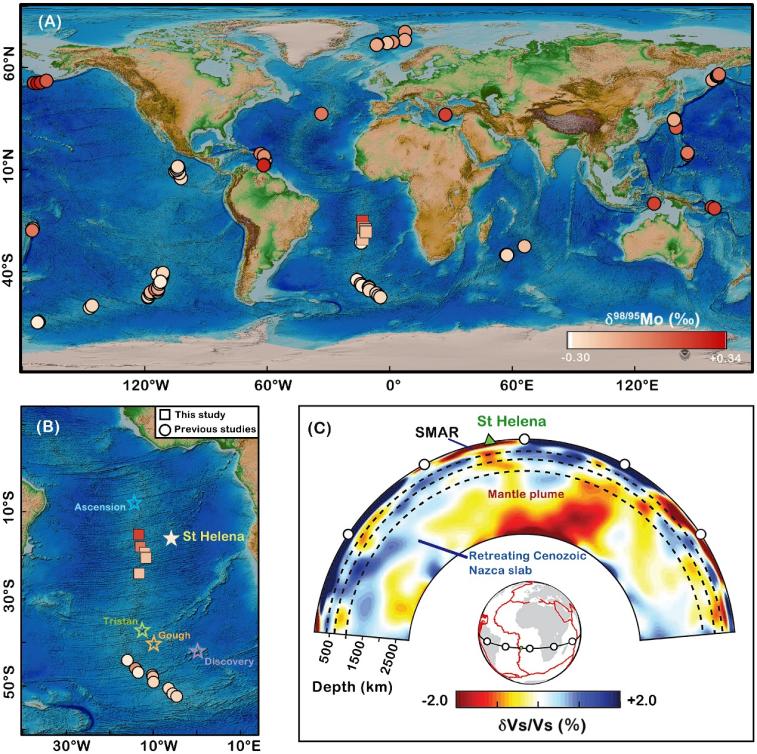2025-04-09 中国科学院(CAS)
<関連情報>
- https://english.cas.cn/newsroom/research_news/earth/202504/t20250410_1040900.shtml
- https://agupubs.onlinelibrary.wiley.com/doi/10.1029/2024EF005595
気候変動下における中央アジアの熱波の農地への過去からの影響と予測 Historical and Projected Cropland Impacts of Heatwaves in Central Asia Under Climate Change
Tao Li, Fengjiao Song, Jiayu Bao, Philippe De Maeyer, Ye Yuan, Xiaoran Huang, Tao Yu, Naibi Sulei, Anming Bao, Peter Goethals
Earth’s Future Published: 22 March 2025
DOI:https://doi.org/10.1029/2024EF005595

Abstract
Central Asia (CA) is a critical agricultural region, contributing significantly to global food and cotton production, yet it faces increasing threats from extreme heatwaves (HWs) due to global warming. Despite this, the specific impacts of historical and future HWs on CA’s cropland remain underexplored. Here, using five bias-corrected global circulation models from the Inter-Sectoral Impact Model Intercomparison Project Phase 3b (ISIMIP3b), we present a detailed analysis of CA’s cropland exposure to HWs from historical periods (1995–2014) and under three Shared Socioeconomic Pathways (SSP126, SSP370, and SSP585) for 2021–2100. Compared to historical levels, we find that exposure to heatwave frequency could increase by 199% by 2081–2100 under SSP126, while exposure to heatwave duration could rise by as much as 852% and 1143% under SSP370 and SSP585, respectively. Northern Kazakhstan emerges as particularly vulnerable, with the highest exposure levels across scenarios. Interactive effects between climate shifts and land-use changes are the dominant contributors, accounting for over 50% of total exposure in each scenario. These findings highlight CA’s vulnerability to HWs under various climate pathways, emphasizing the urgency of targeted adaptation strategies to protect regional agricultural resilience and, by extension, global food security.
Key Points
- Central Asia (CA) is projected to experience more intense and prolonged heatwaves throughout the 21st century
- Cropland in northern Kazakhstan is the area most affected by the heatwaves
- The interaction effect is the pivotal contributor in cropland exposure to heatwaves over CA
Plain Language Summary
The intensification of heatwaves (HWs) is imposing escalating challenges on vegetation and agricultural sectors. A thorough examination of both historical records and projected future trends of HWs occurrences is imperative to mitigate adverse repercussions. Central Asia (CA) stands out as a prominent region experiencing high frequency HWs, with its five constituent countries holding global significance as key food exporters. The populace of this region has traditionally relied upon agricultural output for sustenance. In light of this, we present a comprehensive evaluation of HWs variability in CA, spanning historical data and future projections. Our analysis encompasses an assessment of the repercussions of historical and projected HWs on cropland. Our results indicate that future HWs in CA with the longest duration will have the greatest impact on cropland, with northern Kazakhstan identified as the most affected area. Additionally, our analysis reveals that interaction effects predominantly drive changes in cropland exposure. These findings hold paramount importance in informing policymakers and stakeholders about regions where future HWs impacts on cropland are poised to be most severe, aiding in strategic decision-making and adaptation measures.



